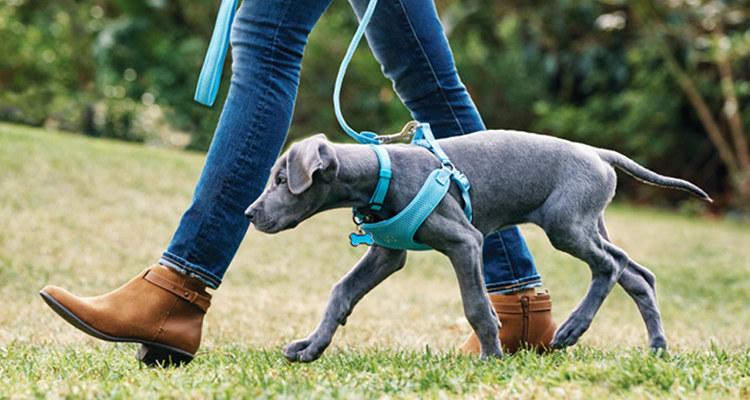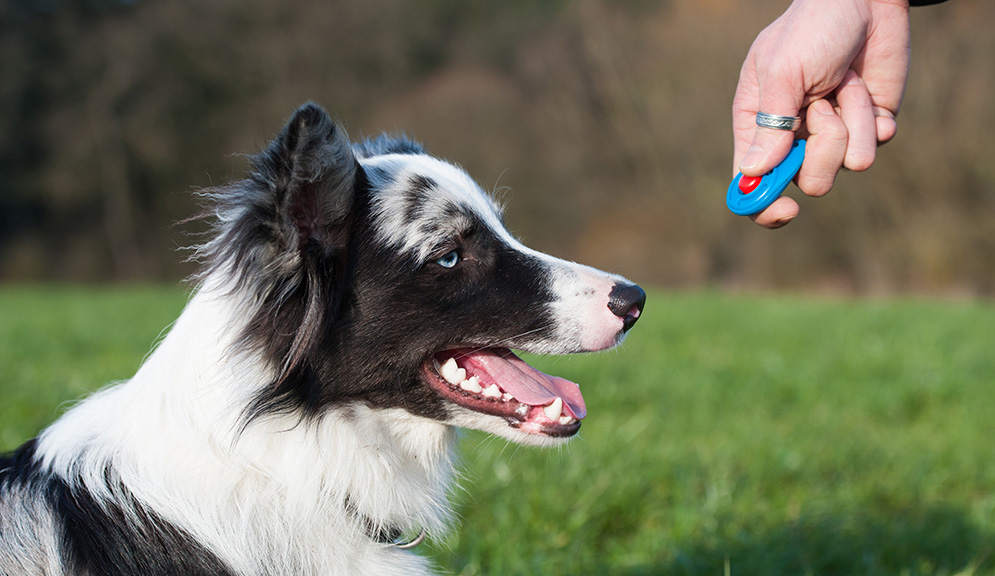Top Strategies for Effective Dog Training Techniques Every Pet Owner Should Know
Top Strategies for Effective Dog Training Techniques Every Pet Owner Should Know
Blog Article
Beginner's Overview to Effective Pet Training in the house
Effectively training a dog in the house requires a nuanced understanding of canine habits and efficient communication approaches. Developing clear training goals, using high-quality incentives, and maintaining consistency throughout member of the family are crucial components. Integrating training right into day-to-day routines can boost both engagement and retention. Nevertheless, numerous amateur instructors experience challenges that might hinder progression. To browse these complexities effectively, it's important to check out numerous essential elements that can transform your strategy and result in a harmonious relationship with your pet. What essential concepts should every beginner grip to make certain success?
Comprehending Pet Dog Habits
Comprehending pet actions is crucial for reliable training and promoting a harmonious connection between humans and their canine companions. Canines interact mainly with body movement, articulations, and face expressions, making it vital for proprietors to analyze these signals properly. Acknowledging behaviors such as tail wagging, grumbling, or cring can give insights right into a pet's emotion and purposes.

Usual behavioral concerns, such as aggression, stress and anxiety, or too much barking, typically stem from misunderstandings or unmet requirements. Observing and resolving these issues immediately can prevent acceleration and ensure a positive training experience. By fostering a deep understanding of pet dog actions, proprietors can customize their training methods to fit their canine friends, inevitably causing a satisfied and well-behaved animal.
Necessary Educating Devices
A fully equipped training area can considerably boost the effectiveness of pet dog training in your home. Important training tools ensure that both the pet and the instructor can engage in efficient sessions that foster discovering and bonding.

Buying a durable chain and a comfortable, well-fitting collar or harness is vital for safety and security and control. These tools aid develop limits and ensure the pet stays secure throughout training. Furthermore, a marked training location, devoid of interruptions, aids concentration for both the canine and the instructor.
Training help such as training pads, cones, or agility equipment can likewise boost the experience by presenting range and difficulties. Having a note pad or electronic application for tracking development can be indispensable, enabling you to keep in mind successes and areas for improvement. Utilizing these essential tools will develop a favorable training environment and lay the foundation for efficient learning.
Creating a Training Routine
Developing a constant training routine is essential for efficient pet training in the house. A well-structured routine not only assists in enhancing desired habits however additionally provides your dog with a complacency and predictability. To create an effective training routine, begin by determining details training goals, such as fundamental commands, leash strolling, or house-training.
Choose a designated time every day for training sessions, preferably when your pet is alert and responsive. Sessions ought to be short, roughly 5 to 15 minutes, to maintain emphasis and prevent tiredness. Consistency in timing and setting will certainly boost your dog's discovering experience.
Integrate training right into everyday tasks to reinforce skills. Method commands throughout strolls or nourishment, which incorporates discovering into all-natural regimens. Additionally, remain adaptable and readjust the routine as essential, accommodating your dog's power levels and state of mind.
Favorable Reinforcement Techniques
Favorable reinforcement methods are fundamental to reliable pet dog training, advertising desired behaviors via benefits instead of penalty. This method uses positive stimulations, such as treats, appreciation, or play, to encourage canines to repeat certain actions. The keystone of this technique is timing; incentives must be provided right away following the desired behavior to produce a clear association.
When implementing favorable reinforcement, it is necessary to choose incentives that are inspiring for your pet dog. High-value treats, such as tiny pieces of poultry or cheese, can be specifically efficient throughout training sessions. Furthermore, differing the benefits can maintain your pet dog's passion and interest.
Beginning with straightforward commands, like "rest" or "remain," and gradually development to a lot more complicated tasks. Consistency is crucial; ensure that all household participants utilize the very same commands and reward systems to prevent complication.
Additionally, it is essential to stay patient and prevent aggravation. Pet dogs, like people, learn you could try here at their own rate. By fostering a helpful training environment through favorable support, you can boost your pet's knowing experience while reinforcing the bond in between you and your furry buddy, preparing for successful training results.
Usual Educating Difficulties
While training a canine in your home can be a satisfying experience, it often features a set of usual obstacles that can check both perseverance and uniformity. One common problem is disturbance. Canines may come to be quickly averted by sounds, activities, or perhaps fragrances in their setting, making it difficult to preserve their focus during training sessions.
One more difficulty is variance in commands and reinforcement. It can confuse the dog and impede progress if family participants use various hints or rewards. Developing a unified strategy is essential for reliable interaction.
Additionally, pet dogs can experience aggravation or anxiety, specifically if they do not understand what is expected of them. This can bring about unfavorable habits, such as barking or eating.
Finally, the timing of support is important (Dog training). Postponed benefits can diminish the performance of favorable support, as pet dogs might stop working to connect the actions with the benefit
Getting over these challenges calls for commitment, clear interaction, and an organized training strategy. Acknowledging and addressing these typical barriers will certainly lead the way for an extra successful and satisfying training experience in the house.
Final Thought
To conclude, successful canine training in your home necessitates a thorough understanding of canine habits and effective interaction approaches. By establishing clear training objectives and utilizing high-grade treats along with positive reinforcement, the training process comes to be more satisfying for both the fitness instructor and the dog. Perseverance, uniformity, and adaptability are important parts that facilitate knowing. Eventually, incorporating training into day-to-day regimens enhances the bond between pet dog and owner, making the experience both effective and pleasurable.
Establishing a constant training routine is vital for efficient canine training at home.Positive reinforcement techniques are basic to reliable pet dog training, advertising wanted actions with benefits rather than punishment (Dog training). By promoting a helpful training atmosphere through positive reinforcement, you can improve your pet's understanding experience while reinforcing Click Here the bond in between you and your fuzzy friend, laying the groundwork for effective training end results
In final thought, successful canine training at home necessitates an extensive understanding click to read more of canine habits and effective interaction approaches. By developing clear training goals and using top quality deals with together with positive reinforcement, the training procedure ends up being much more rewarding for both the fitness instructor and the pet.
Report this page